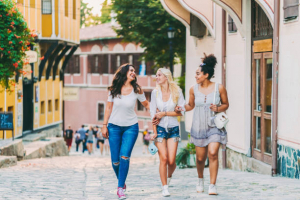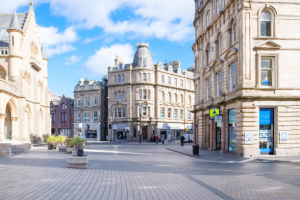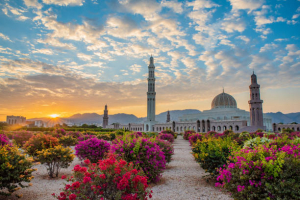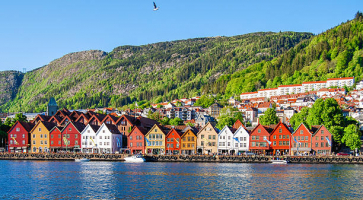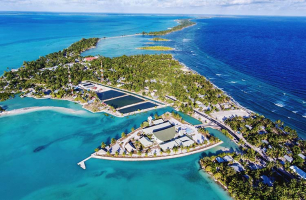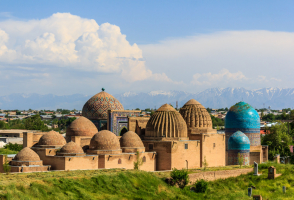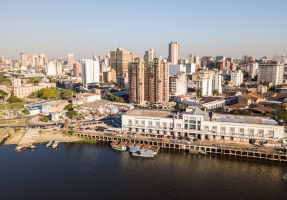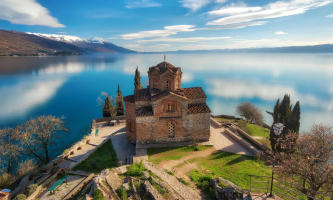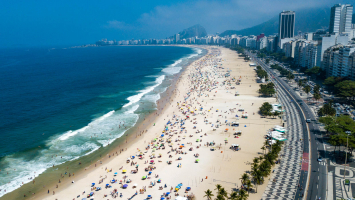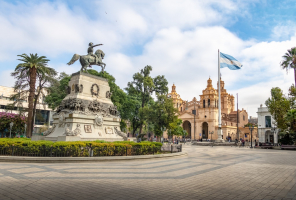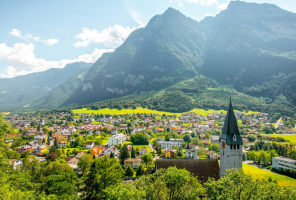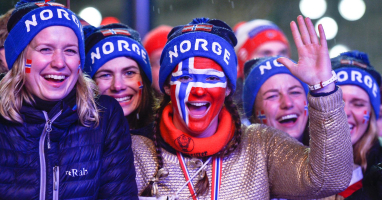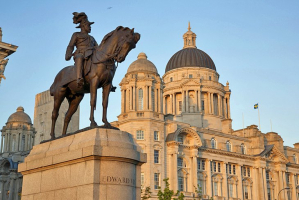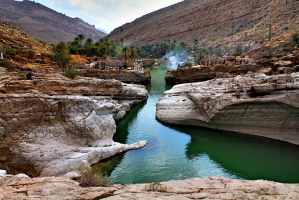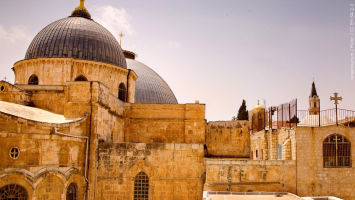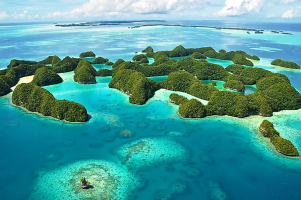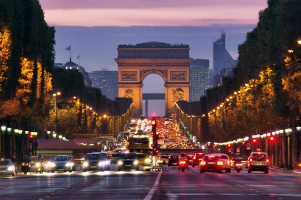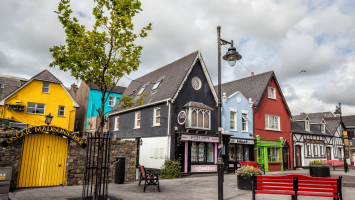Top 9 Reasons to Visit Belgium
Belgium is a fantastic place to visit! Don't be fooled by its small size; the country has far more things to do and see per square mile than most other places ... read more...on the planet. Aside from the big cities of Brussels and Bruges, Belgium has a plethora of quaint and historic small towns that can cater to the tastes of all visitors. One of its distinguishing features, which is highly valued by tourists and travelers, is that English is widely spoken. It conceals numerous cultural and historical sites. Here is a list of reasons to visit Belgium.
-
Belgium's main draws are its medieval town cores, which are home to a plethora of Unesco sites and many delightful cafe-bars serving some of the world's best beers. There are also stalactite-filled caves, post-industrial heritage, forest-edged kayaking rivers, rural chateaux, and sandy North Sea beaches. From the Flemish Primitives to Rubens' voluptuous nymphs and art nouveau's sinuous curves, bizarre surrealism, comic strips, and 21st-century fashion, cutting-edge museums and finely endowed galleries reveal the complex history of what has been a crucible of European art. Belgium is also home to some of the strangest carnivals in the world.
Despite its small size, Belgium is a land of stark contrasts: linguistic, cultural, and geographical. The majority of the historic 'art' cities are located in predominantly flat, Dutch-speaking Flanders, enticing visitors with medieval belfries, magical market squares, and step-gabled houses that often overlook picturesque urban canals. These excellent museums and galleries are close together and seamlessly interconnected by regular public transportation. Despite some intriguing post-industrial cities, much of hilly, French-speaking Wallonia is deeply rural. So having your own wheels is useful for getting to the region's spectacular caves, impressive castles, and bucolic valleys, where there's endless outdoor fun to be had.
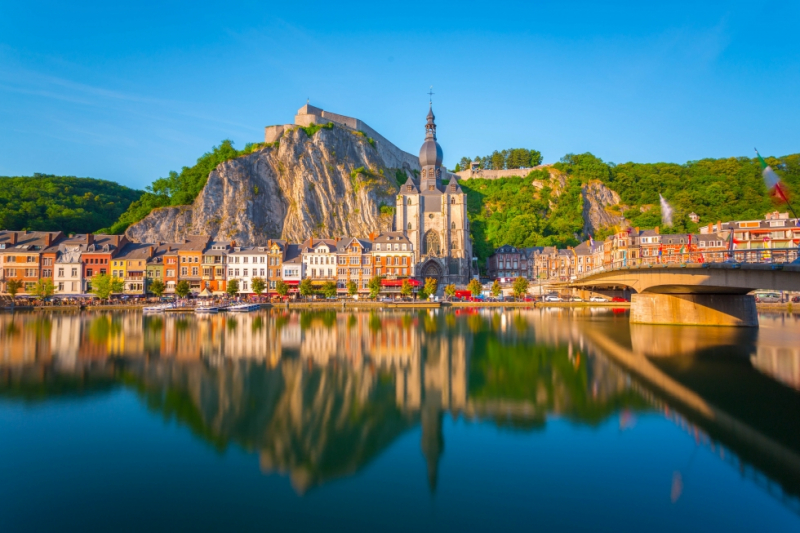
https://www.pandotrip.com/ 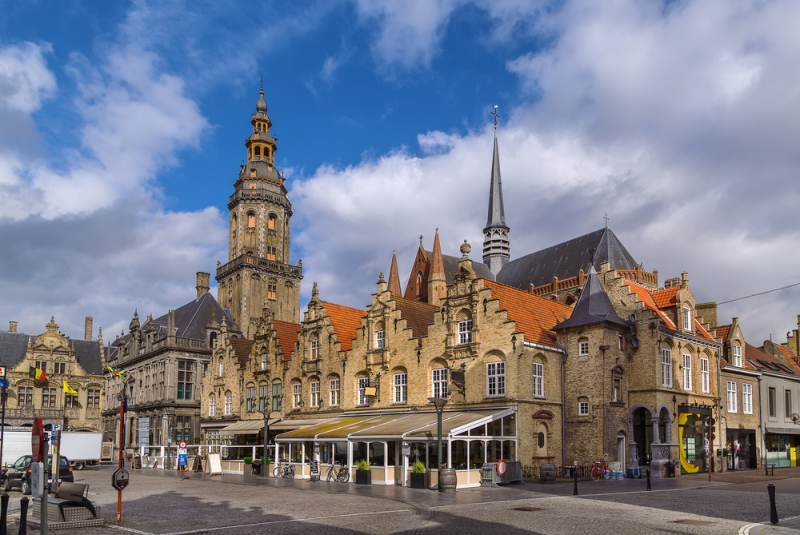
https://theculturetrip.com/ -
No other country has more breweries per capita than Belgium. Belgian beers are famous all over the world, and rightly so. The beers are fantastic, and the variety is almost unbelievable. Belgian beers are best known for their dark abbey beers (doubles and triples), cherry beers, and white wheat beers. Furthermore, Anheuser-Busch InBev, the world's largest brewery, is headquartered in Leuven; this is the brewery that first brewed Stella Artois and later took over major beer brands such as Budweiser and Corona.
Unlike German beer, Belgium's has no restrictions on the ingredients that can be used. German beer, for example, can only contain water, hops, and malt; nothing else can be added. There are no such restrictions in Belgium; you can include whatever you want! With such lax beer regulations in Belgium, you get a wide range of options and flavors. You'll find your standard I.P.A., stouts, and lagers in Belgium, but you'll also find everything from sour beers to cherry beers — you name it, they have it! Another distinguishing feature of Belgian beer is its higher alcohol content. For the most part, the lowest you'll find is around 6%, with no upper limit.
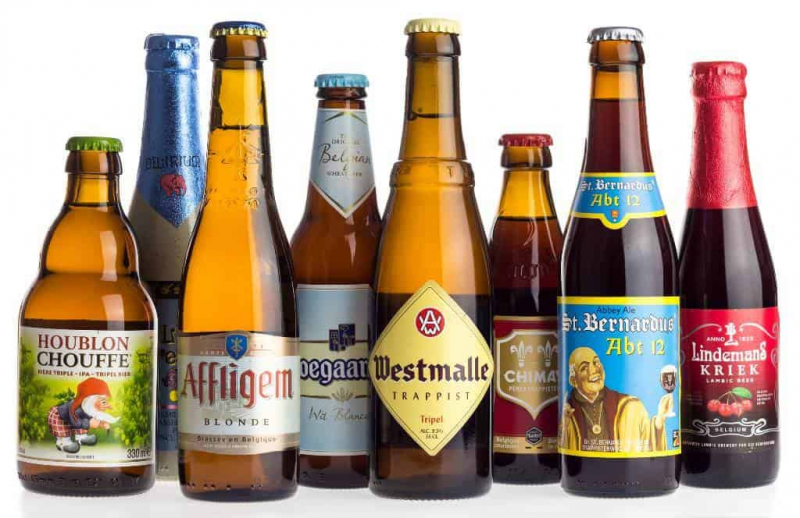
https://nextstopbelgium.com/ 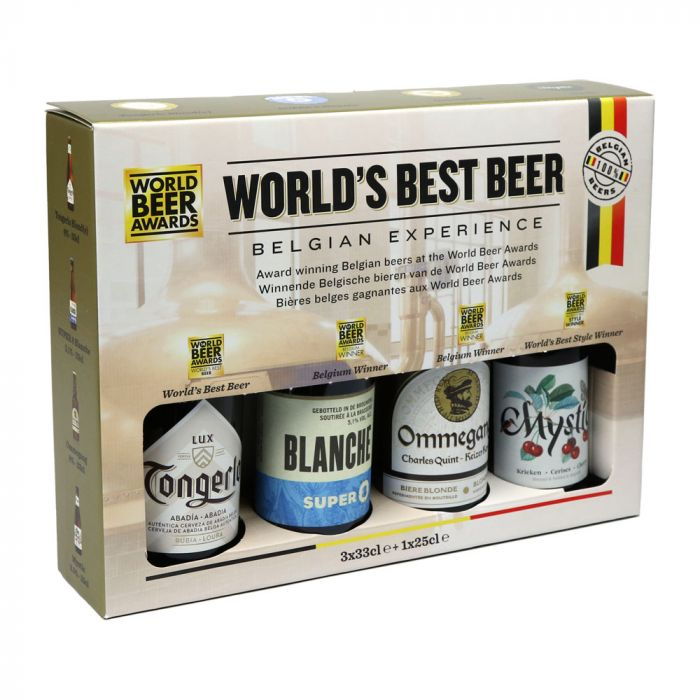
https://charleroi-duty-free.com/ -
Belgium is known for its historic castles, beautiful countryside, rich chocolate, and great beer, but it also has a turbulent history in terms of war. Belgium is one of Europe's smaller countries, but because it is surrounded by France, Germany, and the United Kingdom, its location has always been critical tactically.
Belgium has seen more than its fair share of conflict for a country of its size, having been a major part of the Western Front during World War I and previously being part of both the French and Dutch empires. It can be difficult to get around using public transportation, so we recommend taking the car ferry to one of our ports in Calais or Dunkirk and then driving to Belgium. Alternatively, sail from Newcastle to IJmuiden and then drive to Belgium through Holland.
Belgium used to be the preferred meeting place for the armies of many major European powers, despite its flatness and lack of significant defensive points. As a result, the countryside is dotted with historic battlegrounds. The most famous are the Battlefield of Waterloo, where the armies of Napoleon, Prussia, the United Kingdom, and Russia met exactly 200 years ago in 1815; Bastogne, site of the legendary Battle of the Bulge during World War II; and Flanders Fields, site of several horrific battles during World War One. This definitely is one of the reasons to visit Belgium.
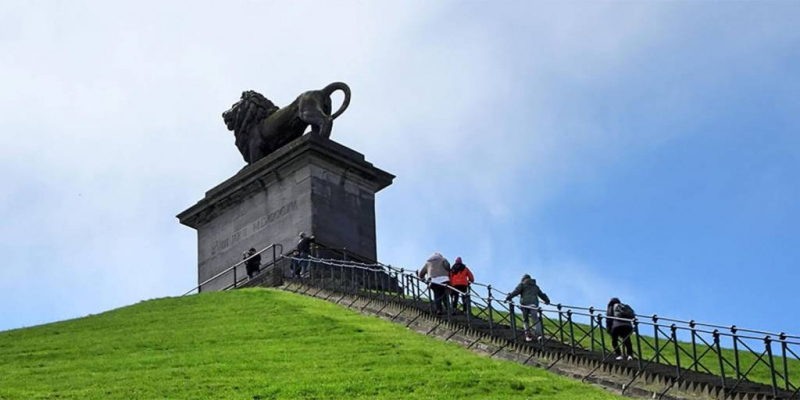
https://www.dfds.com/ 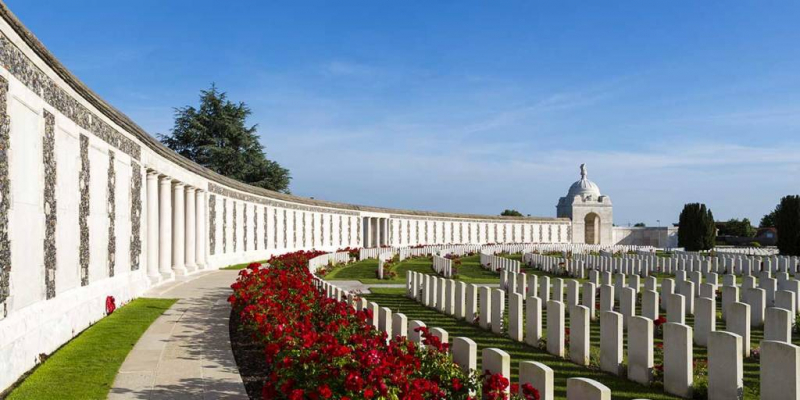
https://www.dfds.com/ -
Antwerp is unquestionably the world's diamond capital. With 84% of the world's rough diamonds and 50% of the world's cut diamonds passing through, the city attracts international traders looking for the best diamonds. But how did Antwerp become the world's diamond capital? Discover the city's history, from its beginnings as a trading post to the modern-day Diamond Quarter.
The Antwerp diamond exchange was founded around 1456 when a local diamond polisher invented the Scaife, a type of polishing wheel. The instrument was capable of symmetrically polishing all of a diamond's facets to achieve the sparkle that is accustomed today. This invention increased orders among the European aristocracy and drew many diamond craftsmen, establishing Antwerp as the world's diamond capital.Antwerp, home to 1,700 diamond firms, traded $46 billion in diamonds in 2017. Four of the world's thirty diamond exchanges are located in Antwerp's Diamond Quarter, also known as the Diamond District. Despite being only one square mile in size, it is the heart of Antwerp's diamond trade. Antwerp is the place for custom jewelers to select the highest quality diamonds, with 84% of the world's rough, or uncut, diamonds passing through.
https://www.youtube.com/ -
Among the reasons to visit Belgium, food in Belgium is one of them. Belgian cuisine is diverse, with significant regional variations as well as influences from neighboring France, Germany, and the Netherlands. Belgian food is said to be served in the quantity of German cuisine but with the quality of French food. Belgium is best known outside of the country for its chocolate, waffles, fries, and beer.
Despite the fact that Belgium has many distinct national dishes, many internationally popular foods, such as hamburgers and spaghetti bolognese, are also popular in Belgium, and the majority of what Belgians eat is also eaten in neighboring countries. As a result, "Belgian cuisine" usually refers to dishes of Belgian origin or those considered typically Belgian.
Belgian cuisine has long valued regional and seasonal ingredients. In addition to common European staples like meat, cheese, and butter, potatoes, leeks, grey shrimp, white asparagus, Belgian endives, and local beer are common ingredients in Belgian dishes. Belgians typically consume four meals per day: a light breakfast, a medium lunch, a snack, and a large dinner.
Belgium has a plethora of dishes and products that are regionally specific. Waterzooi from Ghent, coque biscuit from Dinant, and Tarte au riz from Verviers are a few examples. While their origins are acknowledged, the majority of such dishes are popular throughout Belgium.
https://www.youtube.com/ https://www.youtube.com/ -
Yes, beaches are a big draw in Belgium as well. The country has about 65 kilometers of wide sand beaches on the North Sea coast, which is lined with promenades, beautiful sand dunes, and nature reserves, and is dotted with pretty coastal villages and a couple of vibrant cities—especially in the summer.
Make a point of visiting Belgium's beaches the next time you're there. The famous Belgian coast is known for having some of the most beautiful beaches, as well as fresh seafood, artwork, and fun activities to enjoy during your stay. If you want to spend more time at the Belgian beaches, there are numerous resorts that offer views of the endless Belgian shoreline as well as world-class amenities. Travel Triangle has compiled a list of some of the best beaches in Belgium that you should definitely visit during your trip.
Taking the Coastal Tram from De Panne, near the French border, to Knokke-Heist is one of the best ways to reach the Belgian coast. The Coastal Tram is one of the world's longest trams, taking you directly to Belgium's most beautiful beaches. This is one of the reasons to visit Belgium you should know.
https://www.youtube.com/ -
In Belgium, there are approximately 3000 castles, farm castles, citadels, manors, or palaces. Belgium has one of the world's highest densities of castles per square km, if not the highest. Some regions (for example, Condroz, Hesbaye, Brabant, etc.) have two castles on average per village. Belgium has over 400 castles open to the public for sightseeing, receptions, seminars, and events, as well as hotels, restaurants, and vacation centers.
The word for a castle in French is' château, 'whether it refers to an old medieval fortress ('château-fort') or a residential castle. The term "château-ferme" refers to a medieval castle that has been converted into a farm or served as both a castle and a farm in the Middle Ages. Because of the rugged landscape of the Meuse valley and the Ardennes forest, as well as the abundance of bluestones in the former and yellow granite in the latter, the provinces of Namur, Liege, and Luxembourg have the most interesting medieval fortresses and citadels. The provinces of Namur and Liege have by far the highest density of castles, as well as the most diverse and appealing styles. Hainaut also has many "châteaux" in a style that is halfway between that of the rest of Wallonia and that of Flanders.
In Dutch-speaking Flanders, castles are known as "Kasteel" or "hof" ('court,' as in "Hampton Court") in Flanders. Due to the scarcity of stones in this flat region, Flemish castles are typically built of brick. Castles, on average, are also newer, dating from the 18th or 19th centuries.
https://www.youtube.com/ https://www.youtube.com/ -
When it comes to reasons to visit Belgium, can't help but mention World Heritage Sites. Belgium is home to several amazing UNESCO World Heritage Sites. Of the 15 Belgian UNESCO sites, there aren’t really many big tourist sights (with the exception of Bruges, probably). Instead, there are very specific places that demonstrate the innovations, the artistry, and the enlightened reforms of the people over hundreds of years.
There are houses in Brussels that defined entire architectural movements. There are mines that not only powered the country's industry but also changed how workers were treated. There are the printing presses, which disseminated information across the continent and educated generations. And then there are the communes founded by women who wanted to live their lives free of patriarchy. Even if they don't appear particularly flashy or touristy at first glance, the stories behind Belgium's World Heritage Sites are some of the most interesting and diverse in this part of Europe.
Another trend within Belgium's World Heritage Sites is for sites to have multiple properties rather than a single location—and these are frequently shared with other countries. It implies that there are numerous locations throughout the country.
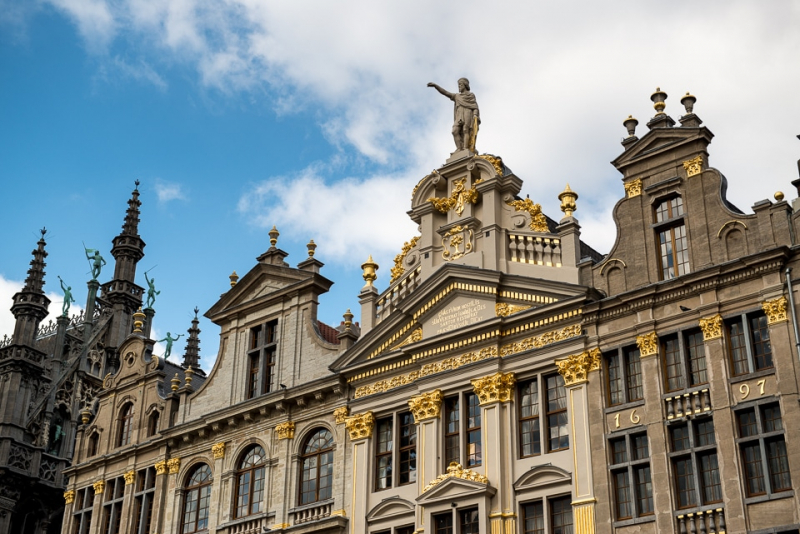
https://travelpast50.com/ https://www.youtube.com/ -
The Ardennes, located in the south-east of Belgium, are one of nature's most pristine areas, with vast forests of broadleaf and fir, hills, and fast-flowing rivers. Visitors can wander through the many picturesque villages nestled in the valleys, where traditions and folklore still thrive and where they can enjoy the region's arts and crafts.
The Ardennes' spring season is ideal for walking, cycling, fishing, canoeing, and kayaking. Other popular sports in the Ardennes include horseback riding, climbing, and mountain biking. The keen mountaineer has a diverse range of challenges to choose from. The Ardennes are a winter wonderland for downhill and cross-country skiers, as well as tobogganing and snow scooter racing. There's movement, even underground. Some of the caves are definitely worth seeing.The silent witnesses of the Ardennes' past, such as castles, forts, and citadels, can be found among the greenery. They reappear during special events and displays in which knights and shield bearers transform the neighborhood into a battlefield. There is accommodation to suit every budget. There are holiday cottages, shared accommodation, chalets, and 'bed and breakfast' accommodation options. Alternatively, why not spend the night in a magnificently kept castle?
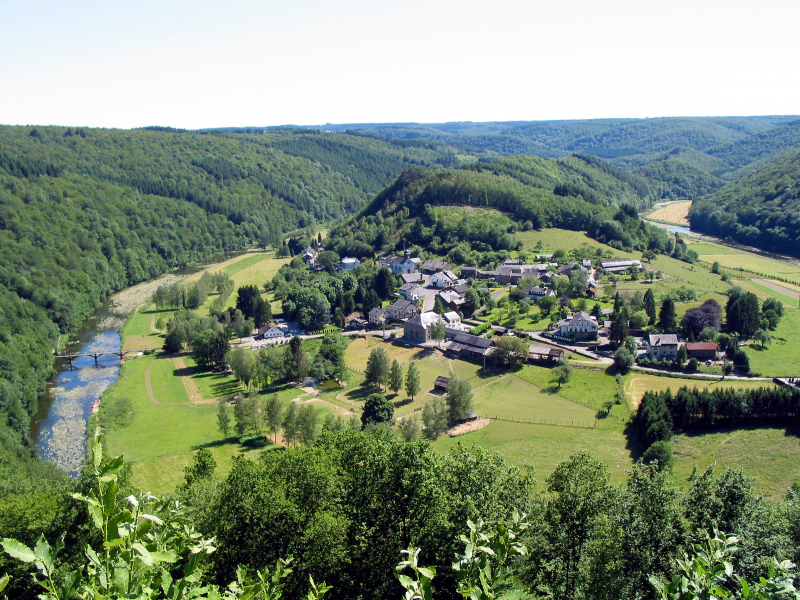
https://en.wikipedia.org/ 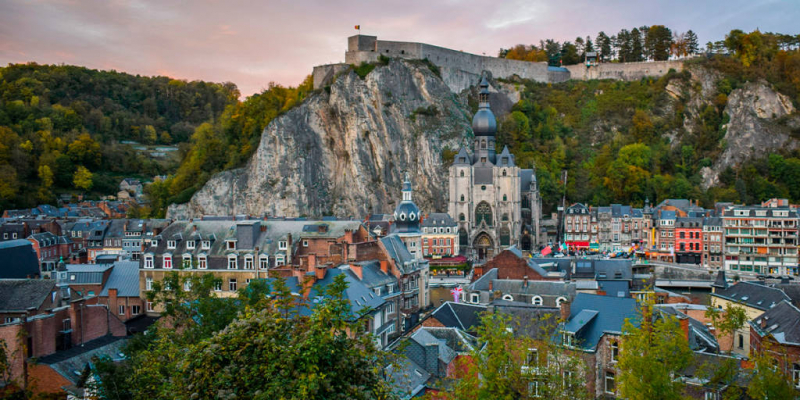
https://www.dfds.com/











